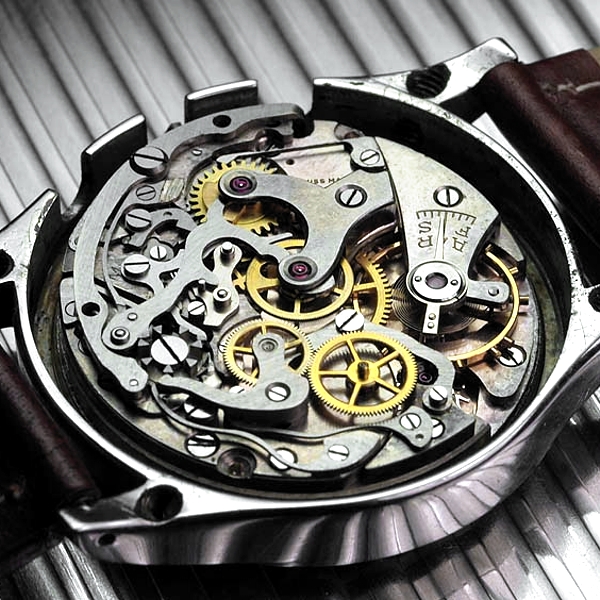| Line 21: | Line 21: | ||
<body class="container-fluid"> | <body class="container-fluid"> | ||
| − | <div class="container | + | <div class="container"> |
<div class="col-lg-6 col-md-6 col-sm-12 col-xs-12"> | <div class="col-lg-6 col-md-6 col-sm-12 col-xs-12"> | ||
| Line 35: | Line 35: | ||
</div> | </div> | ||
<div class="col-lg-6 col-md-6 col-sm-12 col-xs-12"> | <div class="col-lg-6 col-md-6 col-sm-12 col-xs-12"> | ||
| − | <div class="hovereffect | + | <div class="hovereffect"> |
<img class="img-responsive" src="http://silencetv.com/blog/wp-content/uploads/2011/07/Icons004-600x600.jpg"> | <img class="img-responsive" src="http://silencetv.com/blog/wp-content/uploads/2011/07/Icons004-600x600.jpg"> | ||
<div class="overlay"> | <div class="overlay"> | ||
Revision as of 18:21, 2 August 2016



